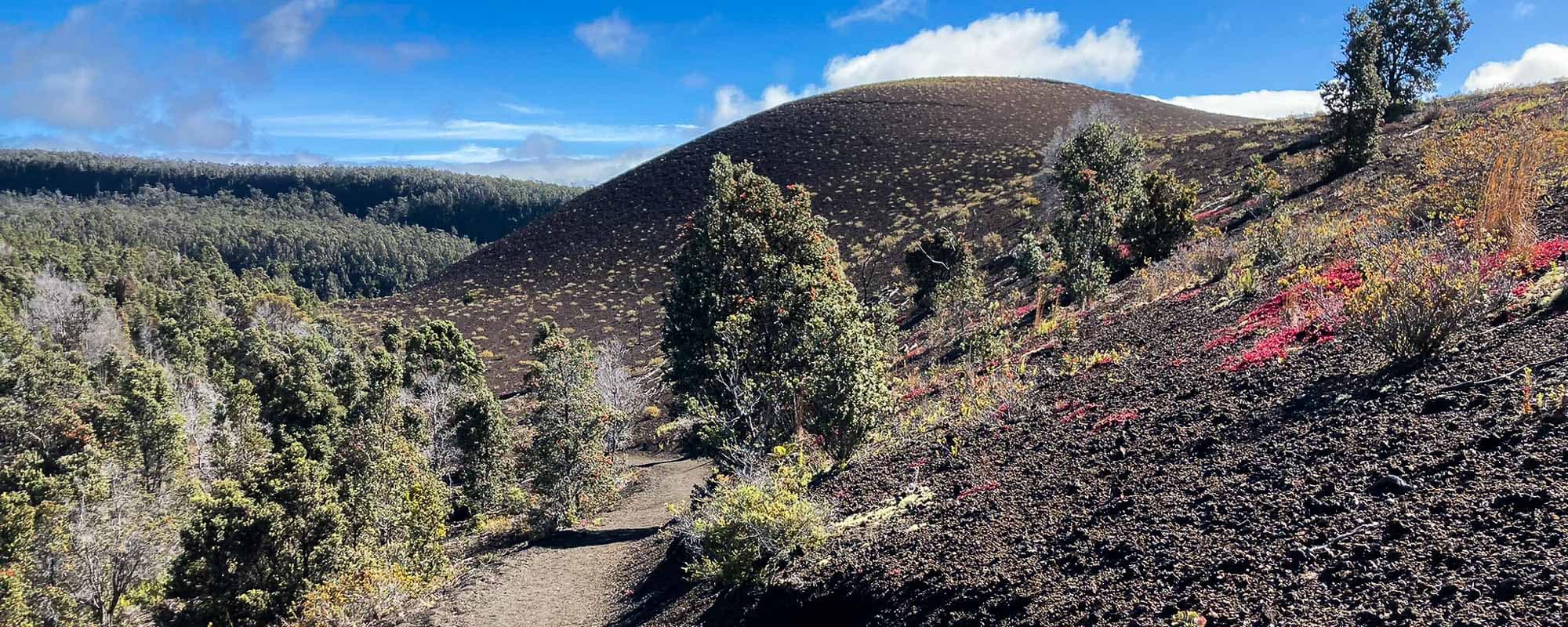Encompassing two of the largest and most active volcanoes on Earth, Hawai‘i Volcanoes National Park on the Big Island offers world-class hiking, bird watching, scenic drives and volcanic eruption viewing.
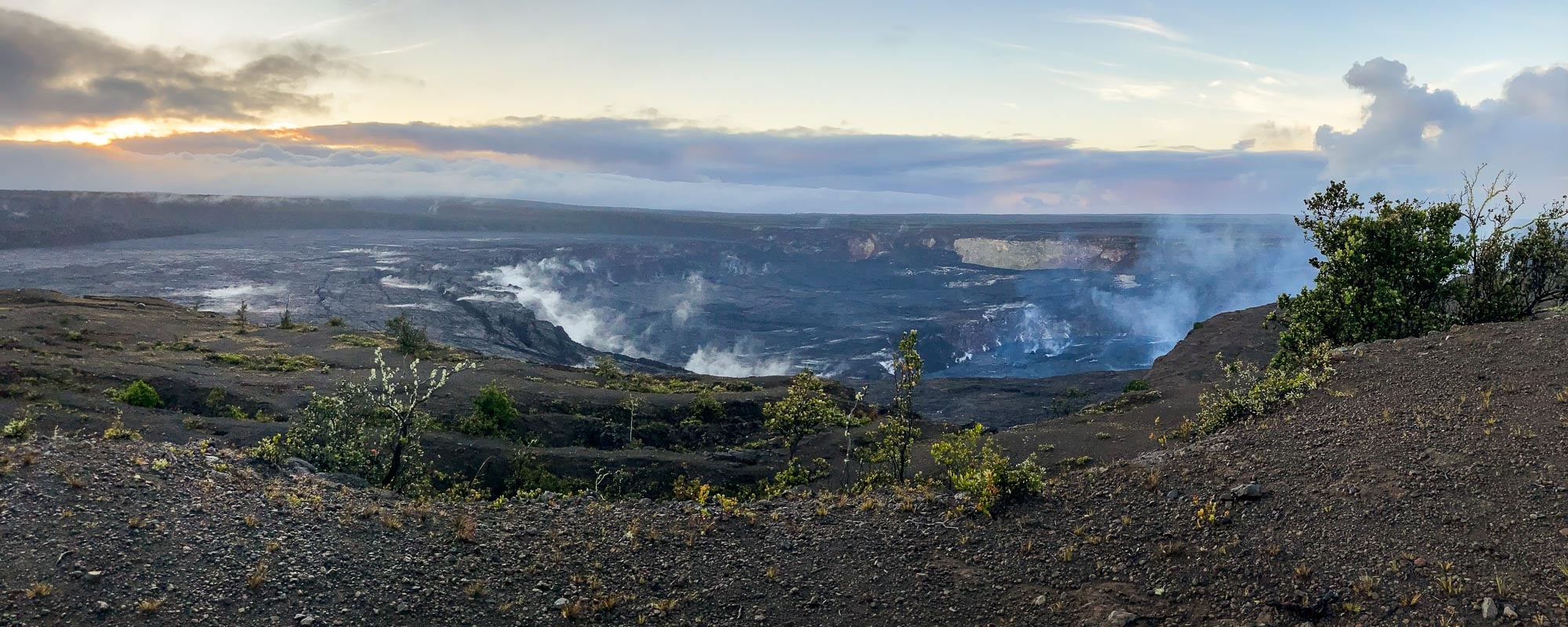
One of the world’s utterly remarkable landscapes are found on the Big Island of Hawai‘i. The only Hawaiian island that’s still volcanically active, this is where you’ll find two of the most active volcanoes on Earth: Mauna Loa and Kīlauea, both of which are protected by Hawai‘i Volcanoes National Park.
In fact, Kīlauea Volcano has been continuously erupting since 1983, almost constantly transforming the park’s landscape.
Lava lakes intermittently appear and dry up, devastating lava flows run down the mountain toward the Pacific Ocean, while plumes of steam billow upward.
Kīlauea’s last major eruption occurred in 2018, which caused historic destruction in local neighborhoods. Magma streamed out of cracks in the Earth, flowing through streets and destroying over 700 houses. The volcano has continued erupting, although with less severe intensities, in 2021-2022 as well.
Mauna Loa, on the other hand, while also an active volcano, it best known as the biggest shield volcano on the planet.
Rising 13,680 feet above the ocean, this gigantic mountain, which makes up 51% of the entire island of Hawai‘i, is actually higher than Mount Everest when measured from its base on the ocean floor.
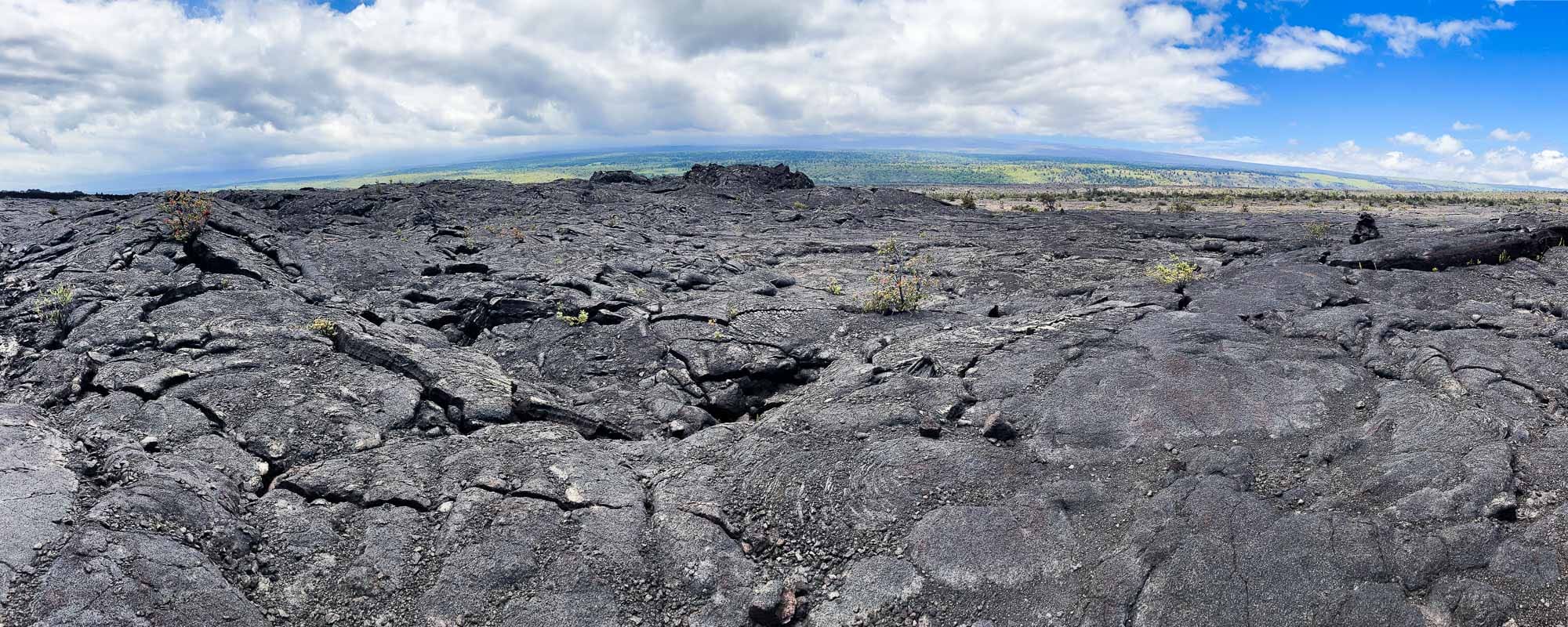
Hawai‘i Volcanoes National Park, in other words, is as unique as a national park gets. This is arguably the most accessible place in the world to see a volcanic eruption, study the aftermath of those eruptions, and see rare Hawaiian wildlife.
In addition to vast lava-covered slopes and enormous craters, Hawai‘i Volcanoes National Park also has lots of lush rain forest scenery. Besides a U.S. national park, it’s also an International Biosphere Reserve and a UNESCO World Heritage Site.
Among the park’s top attractions are kīpuka, verdant oases of old native forest surrounded by more recent lava flows. These pockets of vegetation are excellent places to see Hawaiian fascinating native birds.
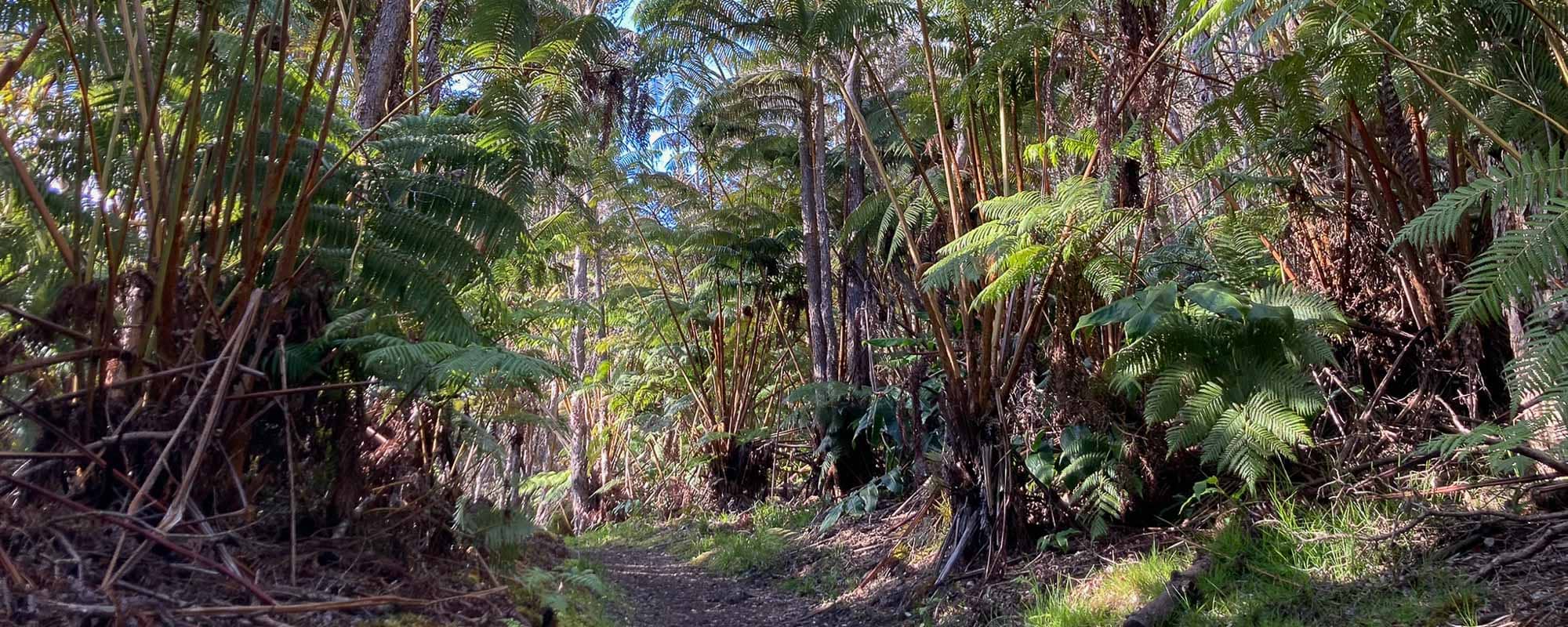
Elsewhere in Hawai‘i Volcanoes National Park, visitors can explore Native Hawaiian heritage sites.
Great places to learn more about the history of Hawaiians in what is now Hawai‘i Volcanoes National Park are the Puʻuloa Petroglyphs, the Kīlauea Visitor Center, the Maunaiki Footprints in the Kaʻū Desert, and the Kahuku Unit with its long farming history.
This Hawai‘i Volcanoes National Park information page contains affiliate links. You can read more about our Terms of Use / Disclosure here.
Highlights of Hawai‘i Volcanoes National Park
Hawai‘i Volcanoes National Park encompasses much of the southern half of the Big Island. It’s an enormous park with numerous attractions, many miles of trails, spectacular viewpoints and historic sites.
Three scenic drives allow visitors to explore the park’s stunning landscapes: the Crater Rim Drive, the Chain of Craters Road and the Mauna Loa Road.

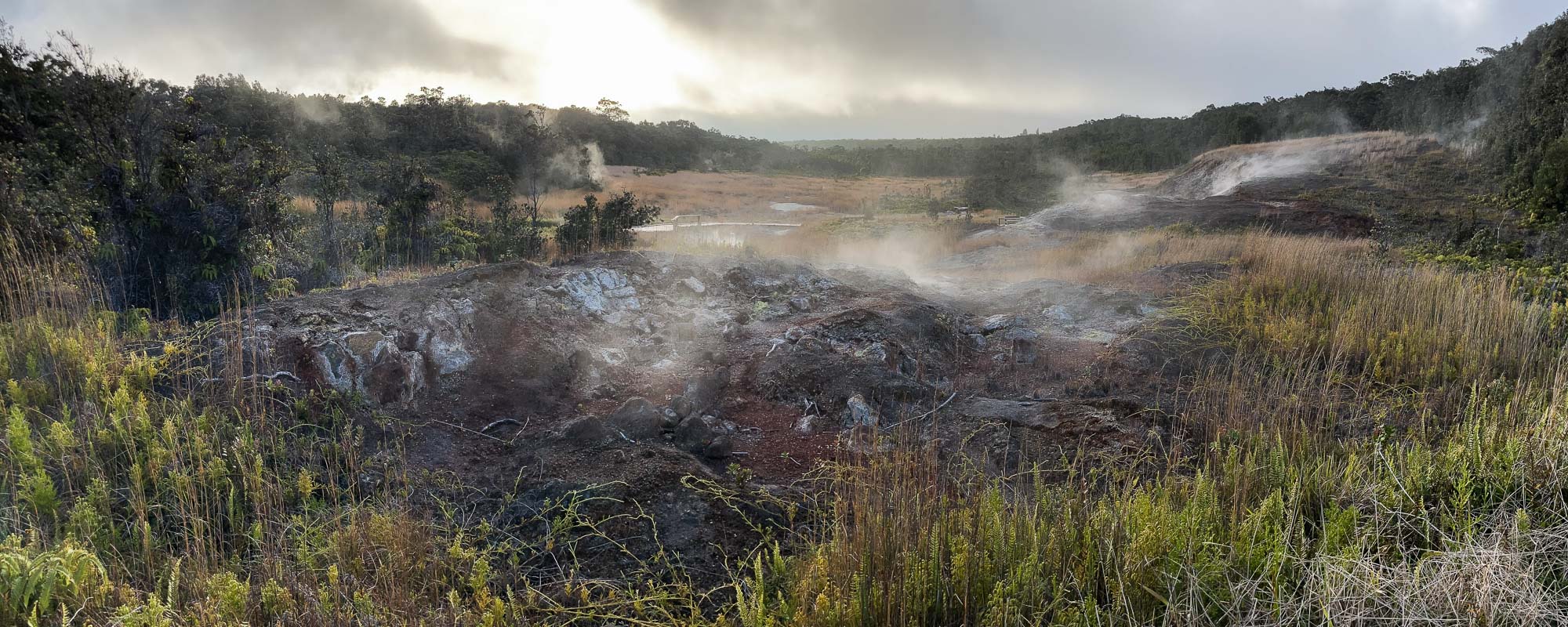
Top Crater Rim Drive Attractions
The 11-mile Crater Rim Drive partially encircles the Kīlauea Caldera, the center and most volcanically active part of the park.
This scenic road is lined with highlights, from the park’s visitor center and only accommodation to trailheads, overlooks and a world-famous lava tube.
- Uēkahuna
- Kīlauea Overlook
- Steam Vents
- Ha‘akulamanu (Sulphur Banks)
- Halema‘uma‘u Trail
- Kīlauea Visitor Center
- Volcano House
- Kīlauea Iki Overlook and Trail
- Nāhuku (Thurston Lava Tube)
- Puʻupuaʻi Overlook and Devastation Trail
- Old Crater Rim Drive Trail to Keanakāko‘i Overlook
Top Chain of Craters Road Attractions
The Chain of Craters Road runs for 19 miles from the 4,000-feet-high Kīlauea Caldera to the southern coast. On the way, the road winds through a semi-recently deposited lava landscape.
You can still see remnants of the old road in some places, while craters and cinder cones line the road.
- Pauahi and Puhimau Craters
- Puʻuhuluhulu Cinder Cone
- Mau Loa o Maunaulu Pullout
- Kealakomo Overlook
- Alanui Kahiko Pullout
- Puʻuloa Petroglyphs
- Hōlei Sea Arch
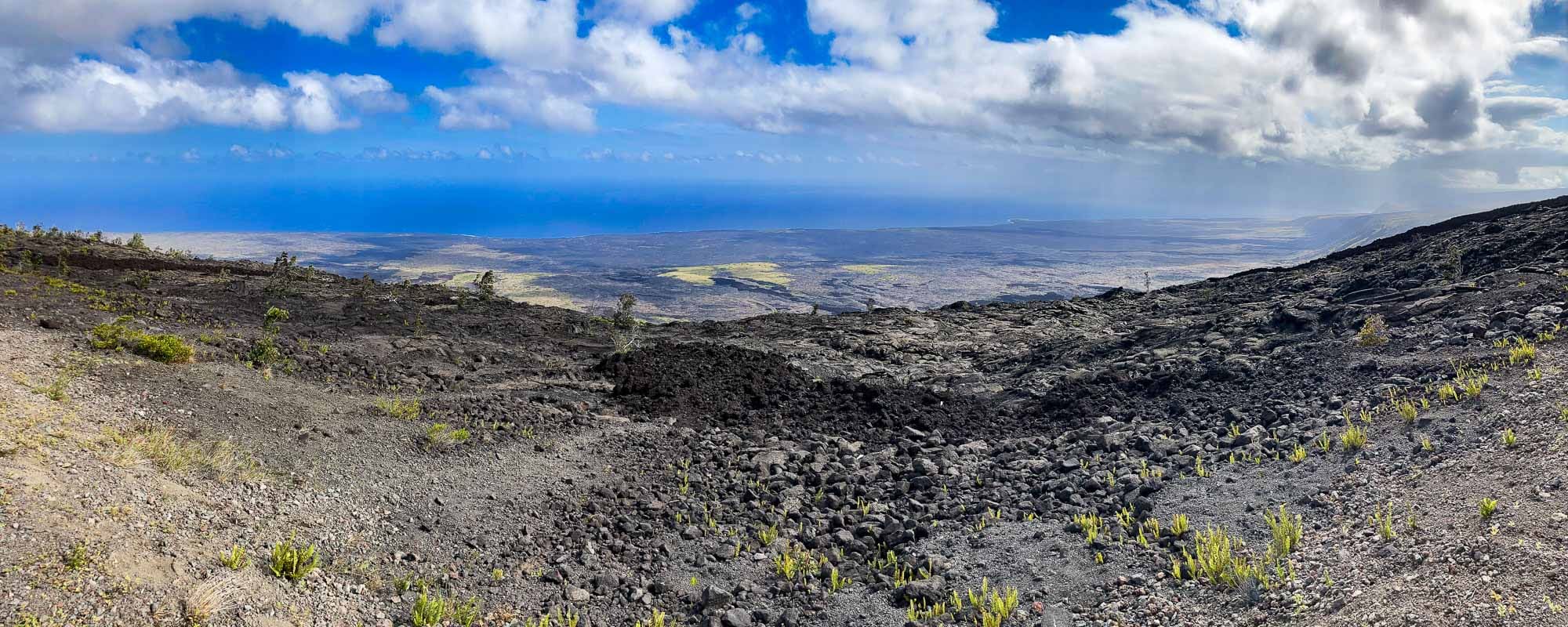
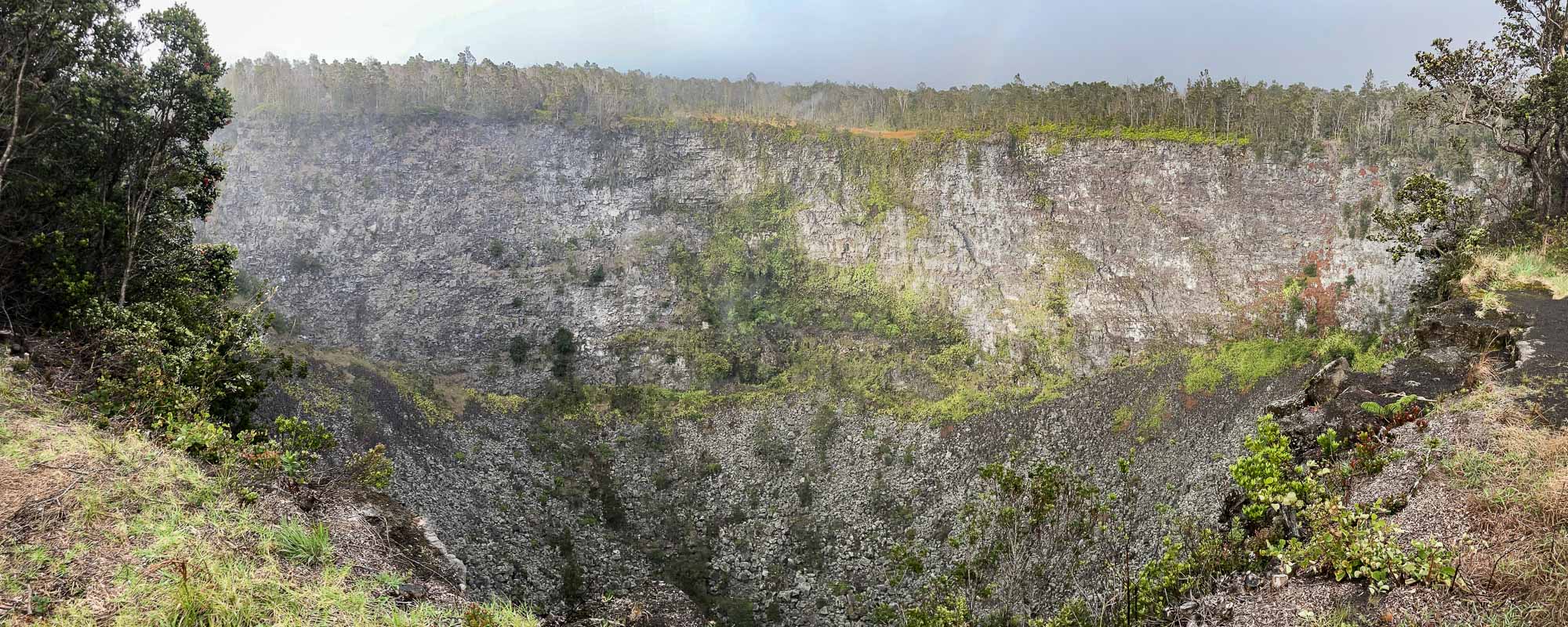
Top Mauna Loa Road Attractions
A paved one-way road, the Mauna Loa Road is north of the Kīlauea Caldera. It’s 11.5-mile drive from Highway 11 to the spectacular (on clear days) Mauna Loa Lookout.
This is the only part of the national park that allows visitors to experience the true massiveness of Mauna Loa, the world’s largest active volcano, by car.
- Kīpukapuaulu Loop
- Mauna Loa Lookout
Hahuku Unit Attractions
The most recent addition to Hawai‘i Volcanoes National Park, the Hahuku Unit is located in the southwestern corner of the Big Island. It is on the slopes of Mauna Loa, preserving a landscape completely different from those elsewhere in the park.
This is a superb place to discover farming history in Hawai‘i. Protecting a verdant pastoral landscape, dotted with (small) craters and cinder cones, this area was once home to one of Hawai‘i’s biggest cattle ranches, the Hahuku Ranch.
- Pu‘u o Lokuana Cinder Cone
- Palm Trail
- Pit Crater Trail
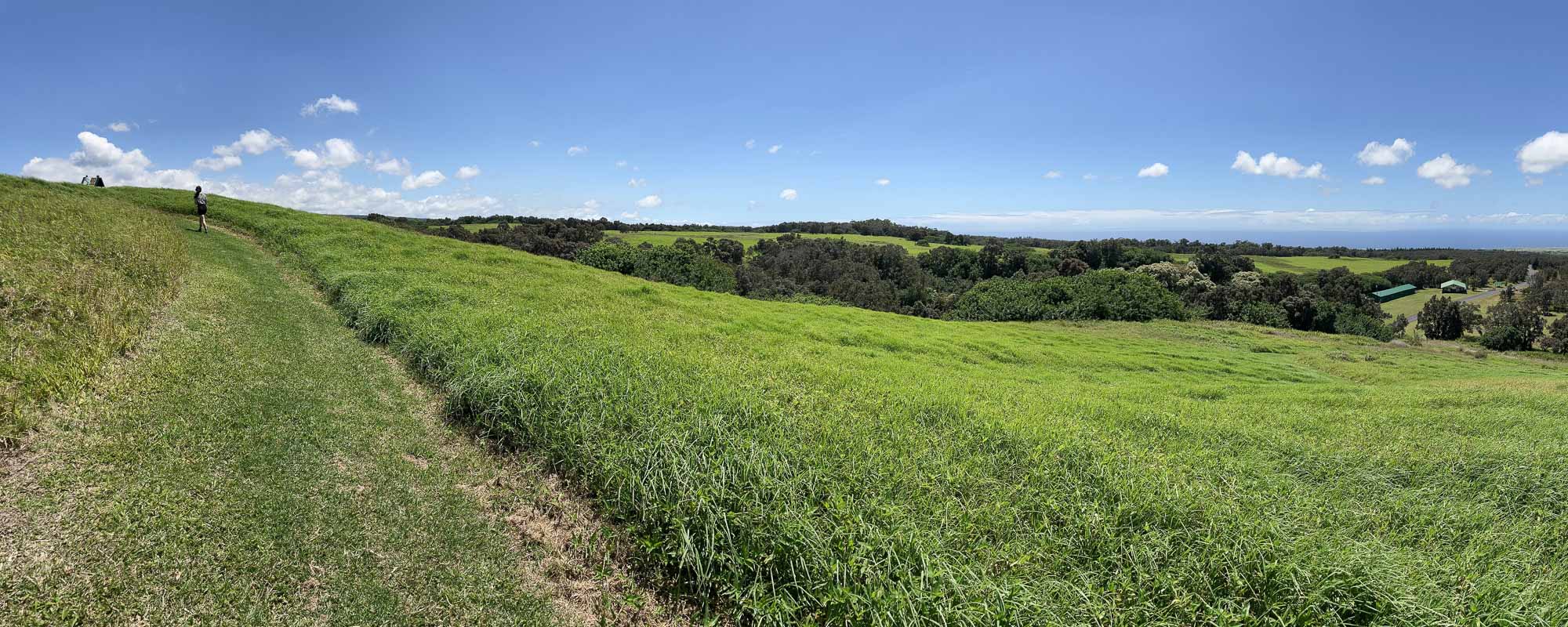
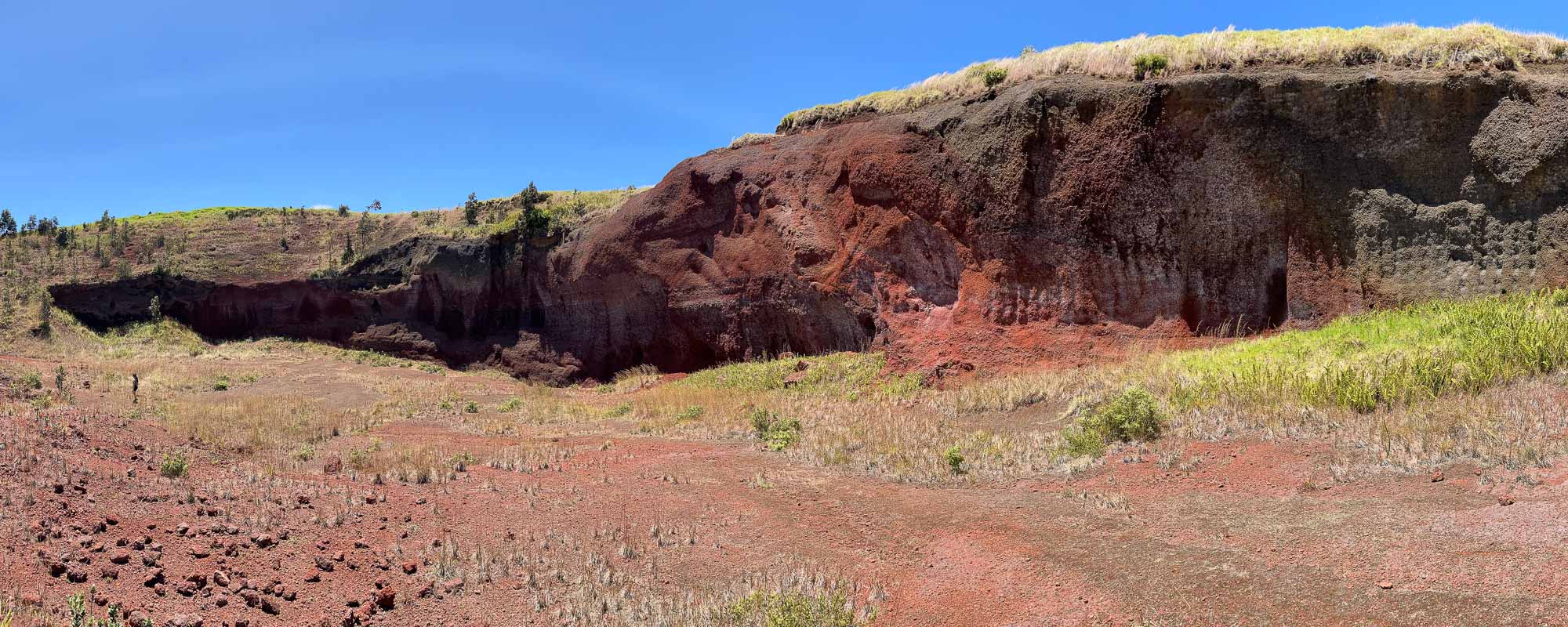
Accommodation Near Hawai‘i Volcanoes National Park
The park has two car campgrounds. The Nāmakanipaio Campground is on Highway just northwest of the Kīlauea Caldera, while the small and basic Kulanaokuaiki Campground is down the Hilina Pali Road.
There’s only one lodge in Hawai‘i Volcanoes National Park, but it’s one of the greatest ones in the entire National Park System. The historic Volcano House sits at the rim of the Kīlauea Caldera, offering magnificent views and easy access to a variety of hiking trails.
Elsewhere near the national park, you can find numerous accommodation options, mostly bed-and-breakfast-type places, in Volcano Village, just a couple of miles northeast of the park.
Booking.com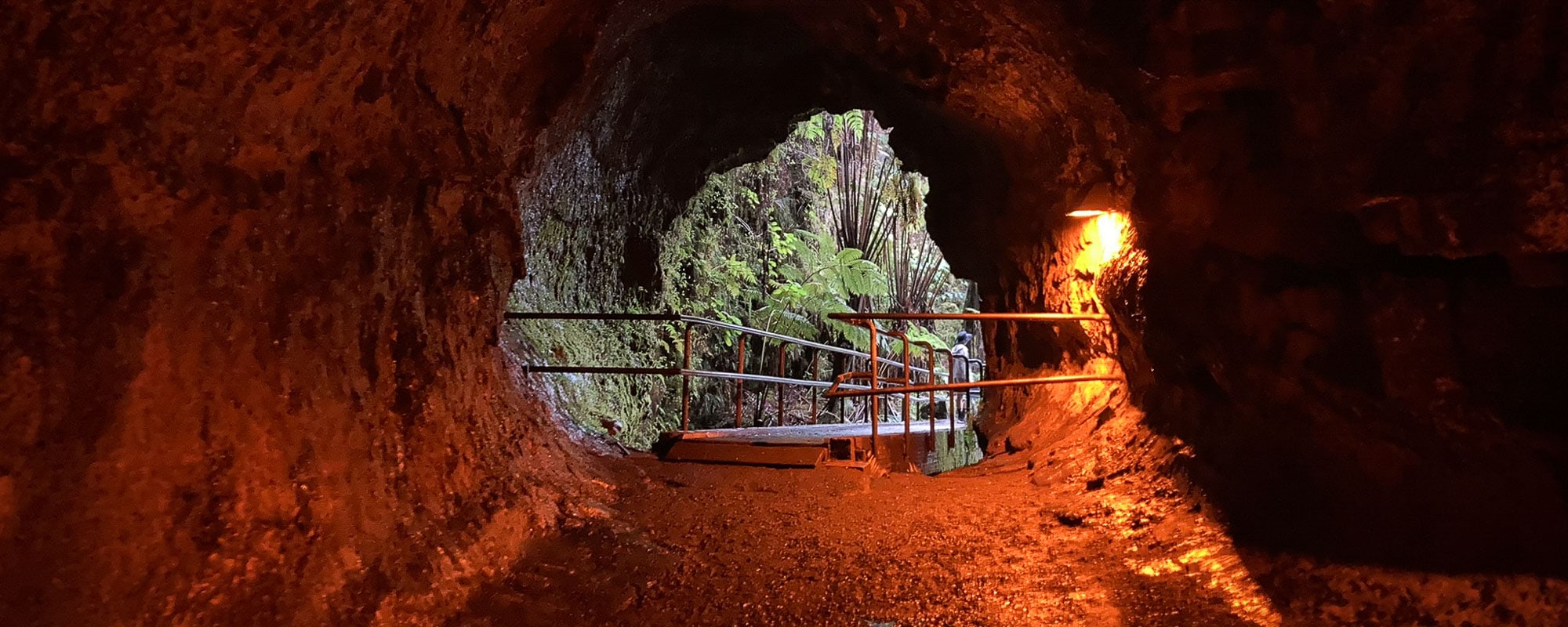
Useful Information
Location: Big Island, Hawaii
Area: 523 square miles (335,259 acres)
Annual Visitors (2022): 1,580,961
Features: Most and largest volcanoes on Earth, lava flows and lakes, craters and cinder cones, Native Hawaiian sites, endemic birds, lush tropical forests, scenic drives
Top Attractions: Kīlauea Caldera, Nāhuku (Thurston Lava Tube), Volcano House, Devastation Trail, Puʻuloa Petroglyphs, Hōlei Sea Arch,Kīpukapuaulu, Mauna Loa and Maunaiki Footprints
Popular Activities: Hiking, bird watching, scenic drives, eruption viewing
Suggested Stay: 2-3 days
Campgrounds:
- Nāmakanipaio Campground (16 sites and 10 cabins)
- Kulanaokuaiki Campground (9 sites)
More Information: National Park Service
Nearby National Parks:
